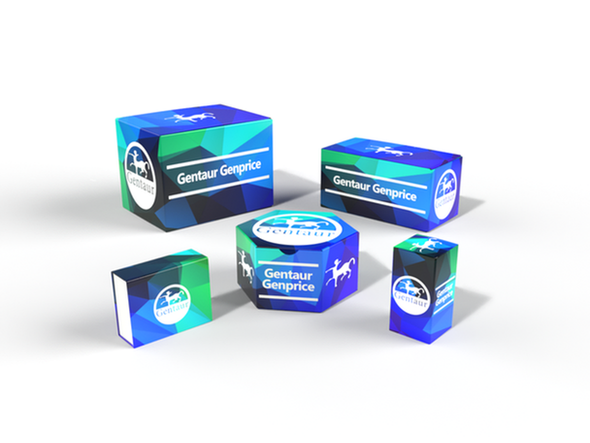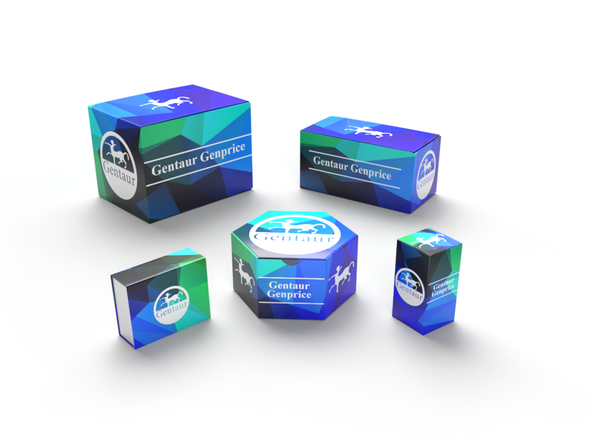Description
NLGN2 Antibody | 7969 | Gentaur UK, US & Europe Distribution
Host: Rabbit
Reactivity: Human, Mouse, Rat
Homology: N/A
Immunogen: NLGN2 antibody was raised against a 19 amino acid peptide near the carboxy terminus of human NLGN2.
The immunogen is located within amino acids 630 - 680 of NLGN2.
Research Area: Neuroscience
Tested Application: E, WB, IHC-P, IF
Application: NLGN2 antibody can be used for detection of NLGN2 by Western blot at 1 - 2 μg/ml. Antibody can also be used for immunohistochemistry starting at 5 μg/mL. For immunofluorescence start at 20 μg/mL.
Antibody validated: Western Blot in rat samples; Immunohistochemistry in mouse samples and Immunofluorescence in mouse samples. All other applications and species not yet tested.
Specificiy: NLGN2 antibody is human, mouse and rat reactive. At least two isoforms are known to exist; this antibody will detect both isoforms. NLGN2 antibody is predicted to not cross-react with other members of the NLGN protein family.
Positive Control 1: Cat. No. 1463 - Rat Brain Tissue Lysate
Positive Control 2: N/A
Positive Control 3: N/A
Positive Control 4: N/A
Positive Control 5: N/A
Positive Control 6: N/A
Molecular Weight: Predicted: 92, 99 kDa
Observed: 80, 97 kDa
Validation: N/A
Isoform: N/A
Purification: NLGN2 antibody is affinity chromatography purified via peptide column.
Clonality: Polyclonal
Clone: N/A
Isotype: IgG
Conjugate: Unconjugated
Physical State: Liquid
Buffer: NLGN2 antibody is supplied in PBS containing 0.02% sodium azide.
Concentration: 1 mg/mL
Storage Condition: NLGN2 antibody can be stored at 4˚C for three months and -20˚C, stable for up to one year.
Alternate Name: Neuroligin 2
User Note: Optimal dilutions for each application to be determined by the researcher.
BACKGROUND: Neuroligin 2 (NLGN2) is a member of a family of neuronal cell surface proteins that localize to the post-synaptic membrane (1, 2) . Neuroligins are thought to act as splice site-specific ligands for beta-neurexins and may be involved in the formation and remodeling of central nervous system synapses (2) . NLGN2 has been shown to control perisomatic inhibitory synapse maturation together with gephyrin and collybistin, thereby regulating GABA receptor clustering on neurons (3, 4) . NLGN2 also exhibits differential functions at different types of inhibitory synapses on the same postsynaptic neuron (5) .










